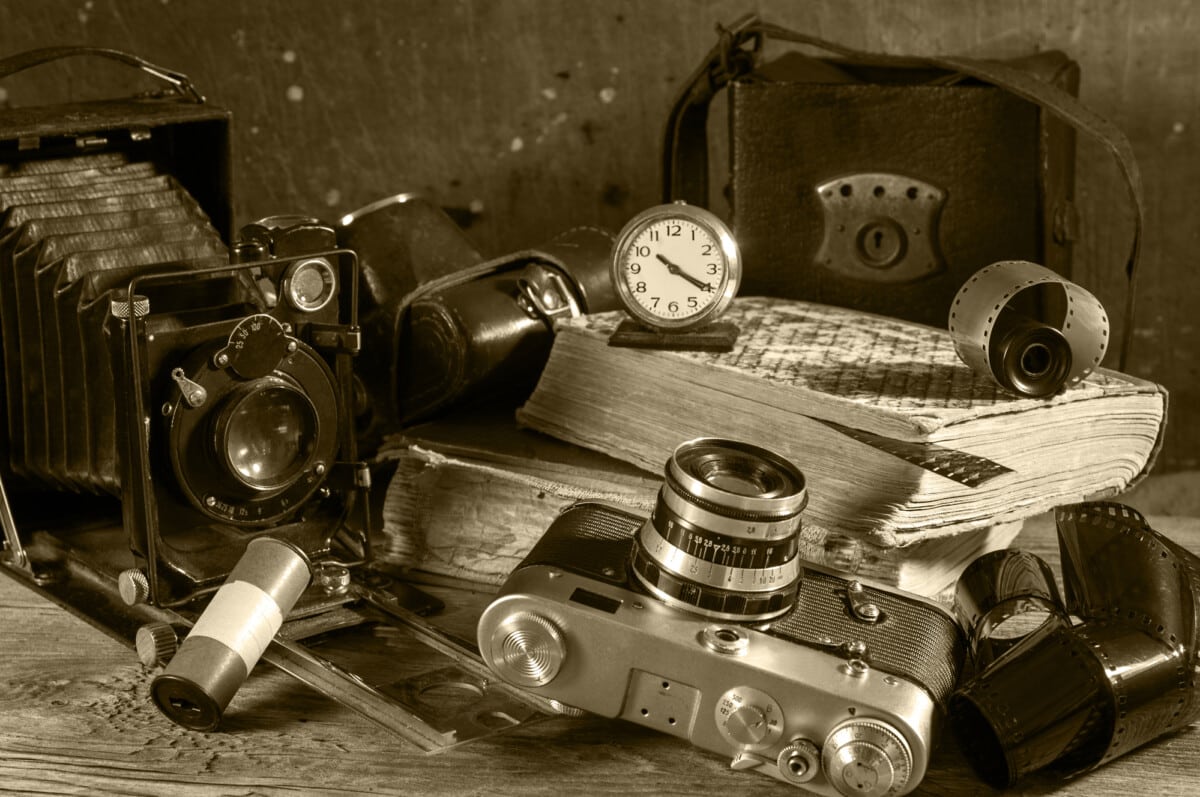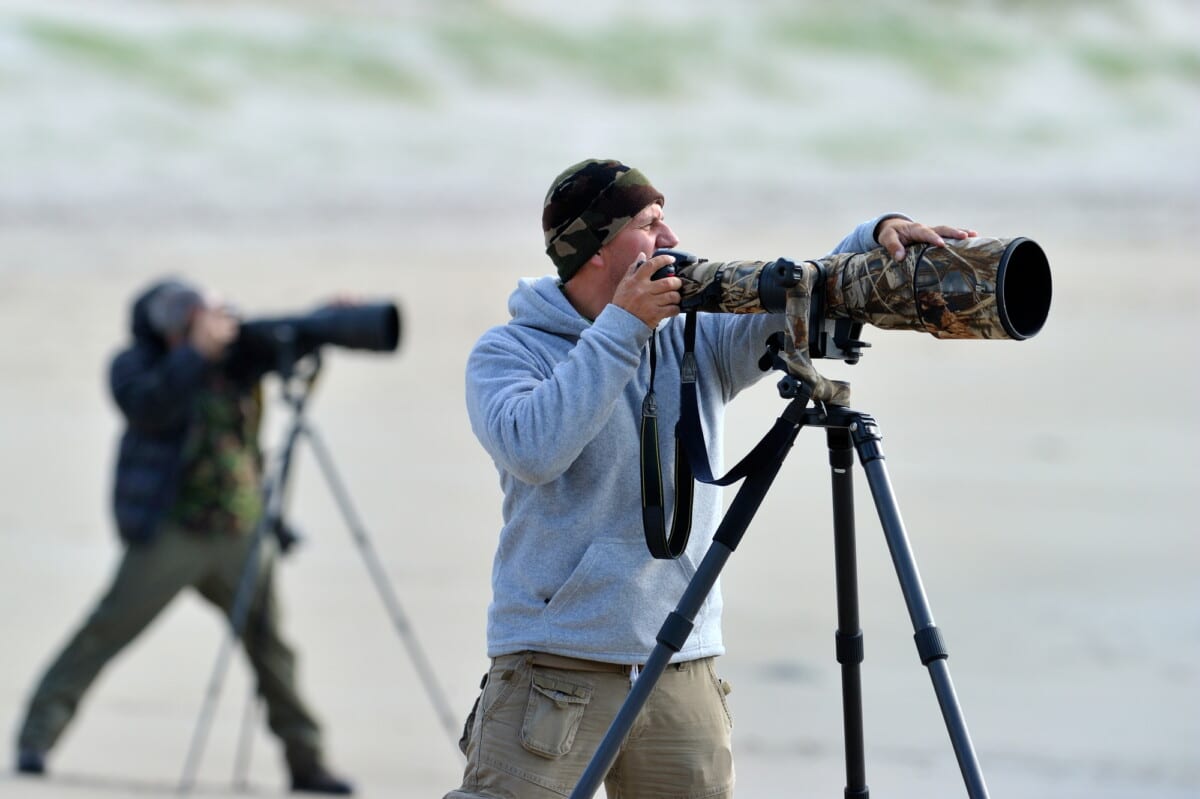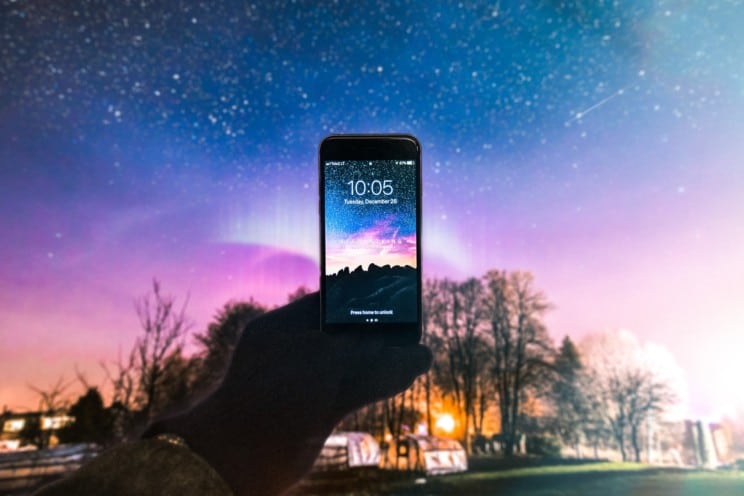Importance of Photography in Society (Visual Impact)
Photography has increasingly played an essential role in our society, capturing moments and creating lasting memories.
From historical events to personal moments, images have the power to influence our beliefs, stir emotions, and inspire change.
The visual impact of photography has transformed the way we perceive the world, as it has become an integral part of how we communicate and share our experiences with others.
Beyond mere documentation, it allows us to express our creativity, explore new perspectives, and embark on adventures in search of the perfect shot.
Meanwhile, the proliferation of photography has further enriched our understanding of cultures, fostering empathy, and fostering connections across geographical and social divides.
With the undeniable influence of photographs in our lives, it is crucial to appreciate the impact they have on society.
They serve as witnesses to history, channels for artistic expression, and as tools to build bridges between individuals and communities.
As the visual landscape continues to expand, our appreciation for the power of photography should only grow stronger.
Historical Evolution of Photography

Early Beginnings
The history of photography can be traced back to the 1830s, when the method of recording an image through the action of light on a light-sensitive material was developed.
The word “photography” is derived from the Greek words photos (“light”) and graphein (“to draw”).
In the nineteenth century, the advent of photography was proclaimed as a new form of visual representation, which was promptly accepted by the public and sparked a surge of experimentation and aesthetic inquiry by photographers.
Early pioneers of photography include William Henry Fox Talbot, who created images with the help of light-sensitive materials, and the development of the collodion process by other artists.
During this time, photography societies formed, consisting of both professionals and amateurs who were attracted to the artistic potentials of the medium.
This gave rise to the consideration of photography as an aesthetic medium, which eventually led to its widespread use in documenting history, culture, and everyday lives.
Transition from Film to Digital
The technological developments in photography have revolutionized the way images are captured and shared.
The traditional film cameras relied on chemical processes to record images on light-sensitive materials, while digital cameras make use of electronic sensors to capture and store photographs as digital files.
This shift in technology has had a significant impact on the accessibility and usage of photography in society.
- Film cameras: Historically, film cameras were the primary means of capturing an image. They made use of light-sensitive materials and required users to develop the film in a darkroom to produce visible photographs.
- Digital cameras: The advent of digital cameras transformed photography by allowing users to instantly view and store their images electronically. This eliminated the need for developing film and provided a more user-friendly experience for photographers.
The transition from film to digital has made photography more accessible to the masses, as digital cameras and smartphones have become increasingly affordable and user-friendly.
This has led to an exponential growth in the number of images captured and shared daily through social media platforms and other digital channels.
As technology continues to evolve, so will the photographic medium, which has already become an integral part of our lives by documenting historical events, cultural milestones, and personal experiences.
The Power of Photography

The Impact on Everyday Lives
Photography has the power to capture experiences and stories, making it an essential part of our everyday lives.
From family portraits to vacation snapshots, photographs help preserve our memories and connections with loved ones.
In sports, photographers capture high-action moments through the use of specialized lenses and techniques, creating images that showcase the excitement and emotion of the game.
Besides personal use, photography also plays a vital role in modern society in terms of advertising, social media, and communication.
Images sell products, convey messages, and inspire viewers, shaping the way we see and interact with the world.
Role in Journalism and Photojournalism
In journalism and photojournalism, photography is a powerful tool for telling stories and documenting events.
By capturing moments in time, photographers can greatly influence public knowledge, opinions, and emotions.
For instance, images from war zones, natural disasters, and historical events have the power to evoke empathy, raise awareness, and prompt action.
Photographers in these fields often work in challenging environments and face ethical dilemmas, as their images can have global consequences.
They must carefully consider the impact their photographs may have, all while striving to provide accurate, unbiased representations of the subjects they cover.
Photography as Visual Language
Photography serves as a powerful visual language that transcends cultural and linguistic barriers.
It encompasses emotions, stories, and moments that can be both personal and universal.
Importance in Personal Connection and Identity
Photography plays a crucial role in capturing memories and preserving personal connections.
Through images, people can relive important moments or keep the memory of a loved one alive.
Photographs also provide a means to share these personal experiences with others, bridging the gap between individual stories and collective understanding.
- Memories: Photos are tangible reminders of past events and milestones, making it easy to revisit life’s moments.
- Emotions: Pictures evoke emotions, allowing individuals to connect with others and recall feelings associated with specific moments.
- Identity: Photography can help define a person’s identity or document personal growth over time.
Universal Language for Wider Representation
As a universal language, photography has the power to reach a diverse audience and shed light on various societal issues.
Images can convey complex emotions, ideas, or messages that might be difficult to achieve through words alone.
- Documenting history: Photos capture events or situations that may have otherwise gone unnoticed, helping to inform future generations.
- Raising awareness: Visual imagery can draw attention to problems or injustices within society, inciting change and fostering empathy.
- Celebrating diversity: Photography offers a platform for people of different backgrounds, cultures, and perspectives to express themselves and be acknowledged.
Photography is an expressive and versatile visual language that allows both personal connections and universal representation.
With its capacity to communicate complex ideas, evoke emotions, and document history, photography will continue to play a vital role in human connection and understanding.
Creating Memories through Photography

The Role in Capturing Personal Moments
Photography plays a significant role in capturing personal moments and experiences in our lives.
From special events, like birthdays and weddings, to everyday memories, including family gatherings and outings with friends, photos help preserve these experiences for years to come.
With the rise of smartphones and social media, sharing photos has grown remarkably easy, letting us connect with loved ones and friends across the globe.
There’s a great sense of joy and nostalgia in reminiscing over photos from past vacations or reliving cherished moments spent with family and friends.
Preserving Cultural and Social Memories
Photography not only documents our personal lives but also serves as a vital tool in preserving cultural and social memories.
Photographers often capture significant historical events, social issues, and cultural trends, providing a visual documentation that shapes our collective understanding of the world.
- Historical events: Photos of monumental moments, such as speeches, protests, or natural disasters, provide a visual record of history and enable future generations to better understand the past.
- Social issues: Photography can raise awareness of social issues, inspire change, or motivate people to take action. Be it environmental concerns or social injustice, powerful images create a lasting impact.
- Cultural trends: Photos also document evolving cultural trends, such as fashion, architecture, and technology, showcasing the progress and transformation of societies over time.
Photography is crucial in creating memories and documenting our personal lives, as well as preserving the cultural and social memories that shape our world.
Through the visual impact of photos, we connect with our past, learn from it, and continue to create new memories for future generations.
Photography and Technology
The Shift to Digital Cameras and Phones
The advent of digital cameras and smartphones revolutionized the world of photography.
Digital cameras provided a higher level of convenience, allowing users to take multiple shots without worrying about running out of film.
This led to a surge in photography as a hobby and profession.
The use of digital cameras gave photographers more control over their work, with settings ranging from 200 ISO to 1600 ISO to adjust the sensitivity to light.
Smartphones further democratized photography, making it accessible to an even wider audience.
Built-in cameras quickly became a standard feature, and phone companies began to invest more in camera quality and features.
As a result, smartphone cameras now often boast high-quality lenses, producing images that rival those taken by professional digital cameras.
Advancements in phone cameras:
- High-resolution sensors
- Multiple lenses to capture wide-angle, telephoto, and macro shots
- Powerful image stabilization technology
- Advanced editing tools available on mobile devices
Emerging Innovations in the Industry
As technology continues to evolve, so does the photography industry. Here are some exciting innovations taking place:
Mirrorless cameras
A relatively new technology, mirrorless cameras have no internal mirror to reflect the light entering the lens.
Instead, they use an electronic viewfinder to display a digital preview of the scene.
Mirrorless cameras are typically lighter and more compact than digital single-lens reflex (DSLR) cameras, making them a popular choice among both amateur and professional photographers.
360-degree cameras
These cameras use multiple lenses to capture a full 360-degree view of a scene.
The images captured can be stitched together to create a seamless panorama or used in virtual reality applications, providing an immersive experience for the viewer.
Artificial intelligence and machine learning
AI-powered software is beginning to play a more significant role in photography.
They offer a wide range of features, from advanced image editing tools that can intelligently remove unwanted objects or improve overall image quality, to features that help photographers identify ideal lighting conditions and composition.
Advancements in lenses
Developments in materials and manufacturing techniques have led to new types of lenses that offer superior optical properties.
This includes lenses with extremely low distortion, even at wide apertures and ultra-wide angles.
As more people have access to high-quality cameras and tools, the visual impact of photography will only continue to grow, shaping our perceptions of the world around us.
The Business of Photography

Making Money through Photography
Photography is an excellent way for artists and enthusiasts to make money in various ways.
One popular avenue is through professional photography services, such as portraits or wedding coverage.
Many photographers find that selling prints or licensing their images for commercial purposes can be a lucrative income stream.
This can include businesses using photos for marketing purposes, news publications, or even products like calendars, postcards, and posters.
There is also a world of opportunity for photographers in scientific fields.
Research institutions and laboratories may require high-quality images to document experiments, publication purposes, or presentation material.
This niche market provides a unique way for photographers to apply their skills and contribute to the advancement of science.
The Competitive Landscape
As photography has become more accessible due to advancements in technology, such as the rise of smartphone cameras, the competition in the industry has increased.
This can manifest in various ways:
- Skill level: With more people able to capture quality photos without needing in-depth technical knowledge, professional photographers must find ways to stand out from the crowd by honing their techniques, investing in advanced equipment, and developing a unique style.
- Market saturation: Many photographers are vying for the same jobs, which can lead to lower earnings for professionals trying to make a living. In order to stand out, finding a unique style or a less saturated niche could be helpful.
However, this increased competition also opens up possibilities for collaboration and growth within the industry.
There are more opportunities to network, learn from others, and share knowledge to help each other develop and expand their photography businesses.
Photography’s Impact on Society
Photography has significantly transformed the way we perceive and understand the world around us.
As a powerful form of visual communication, it has enabled us to preserve moments in time, document history, and gain knowledge about various aspects of society and culture.
One of the most significant contributions of photography is its ability to authentically capture moments in history.
Images have played a crucial role in documenting significant events, helping us better understand the past and commemorate the people and places that have shaped our world.
From wartime photographs to images of social movements, photography allows us to witness and learn from historical events.
Another benefit of photography lies in its ability to promote cultural understanding.
By presenting different aspects of society, including various cultures and traditions, photography helps us gain a greater appreciation and respect for the diversity of our world.
Images can often break down barriers, fostering empathy and understanding among people from different backgrounds.
In addition to driving our knowledge and cultural awareness, photography has also been a powerful tool for inspiring social change.
Through striking images that depict pressing issues, such as poverty and inequality, photographers can raise awareness and spark conversation around social injustices.
These impactful images often provoke a response, encouraging people to support causes and advocate for change in their communities.
Photography has had a profound impact on how we share and consume information as well.
With the rise of digital platforms and social media, images have become an integral part of our daily lives, allowing us to stay informed about current events and explore the world from the comfort of our homes.
Visual storytelling through photography can make complex subjects easier to comprehend, making knowledge more accessible to people of all ages and backgrounds.
To wrap it all up, photography has:
- Preserved moments in time and documented history
- Encouraged cultural understanding and respect for diversity
- Inspired social change and raised awareness about pressing issues
- Revolutionized the way we share and consume information
Through its various roles and applications, photography has significantly shaped society, influencing our knowledge, culture, history, and the way we see ourselves and our world.






